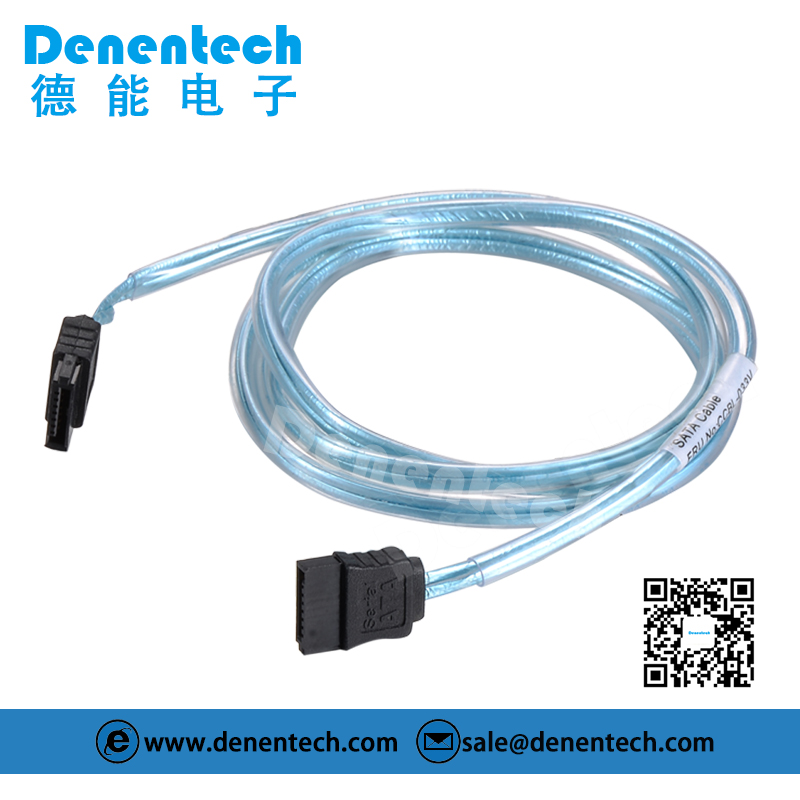
Wires and cables refer to materials used for power, communication and related transmission purposes. There is no strict boundary between "wire" and "cable". Products with few cores, small product diameter and simple structure are called wires, those without insulation are called bare wires, and others are called cables. A conductor with a larger cross-sectional area (greater than 6 square millimeters) is called a large wire, a smaller one (less than or equal to 6 square millimeters) is called a small wire, and an insulated wire is also called a distribution wire.
Wires and cables mainly include bare wires, electromagnetic wires and insulated wires, power cables, communication cables and optical cables for electrical machinery and appliances.
The complete naming of wires and cables is usually complicated, so sometimes a simple name (usually the name of a category) combined with model specifications is used to replace the complete name. For example, "low voltage cable" represents all plastic insulated power cables of 0.6/1kV class.
The naming of wire and cable products has the following principles:
1. Contents included in the product name
(1) Name of product application or size class
(2) the product structure material or type;
(3) Important features or additional features of the product
2, the order of the structure description
The product structure description is based on the principle from inside to outside: conductor > insulation > inner sheath > outer sheath > armored type.
3. Simplify
Without causing confusion, some structural descriptions are omitted or abbreviated, for example, aluminum conductors are not allowed in automobile wires and flexible wires, so conductor materials are not described.